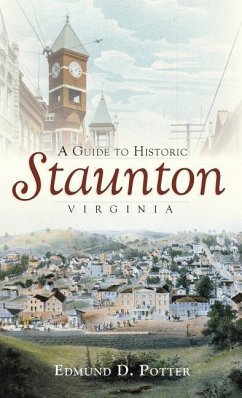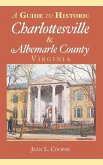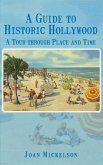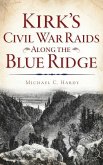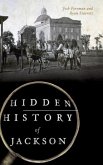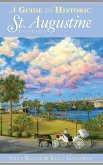Unlike many small towns in the South that were occupied by the Union army, beautiful Staunton, Virginia, emerged from the Civil War largely unscathed. Join historian Edmund Potter on a walking tour through the many architectural gems and notable buildings of downtown Staunton s five National Historic Districts. From the picturesque Wharf Area to the birthplace of Woodrow Wilson to the town s many historically African American businesses, A Guide to Historic Staunton offers visitors and residents alike a deeper appreciation of their remarkable surroundings."
Hinweis: Dieser Artikel kann nur an eine deutsche Lieferadresse ausgeliefert werden.
Hinweis: Dieser Artikel kann nur an eine deutsche Lieferadresse ausgeliefert werden.

